Like all plants, there are many different species of grass. Each has its own benefits, uses and drawbacks. So, here we will identify three of the most popular grass varieties and help you determine which is the best grass for you.
Meadow Grass
There are over 500 different varieties of meadow grass alone, each receiving the designation “Poa” in their scientific names. Although some meadow grasses are used in turf mixtures, Poa Annua, or Annual Meadow Grass, is a problematic weed in many lawns. Annual Meadow Grass is a low-growing grass that can be identified by its light green appearance and blunt, triangular leaves.
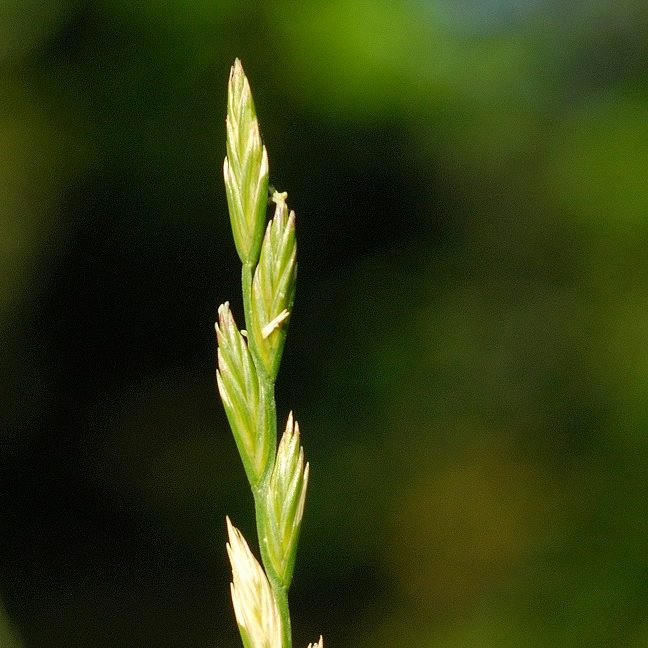
Varieties of meadow grass used in turf like Smooth-stalked Meadow Grass (poa pratensis) are favoured for their green colour, resistance to wear and drought tolerance. Since leaves spread from the bottom of the plant, smooth-stalked meadow grass also offers dense ground coverage.
Other varieties of meadow grass used for turf include Poa Supina which creates the most shade tolerant lawns available. You’ll find this grass in Turfonline’s hard-wearing “Shadesman” turf.
Red Fescue
Red Fescue is a variety within the larger category of fescue grasses (Festuca).
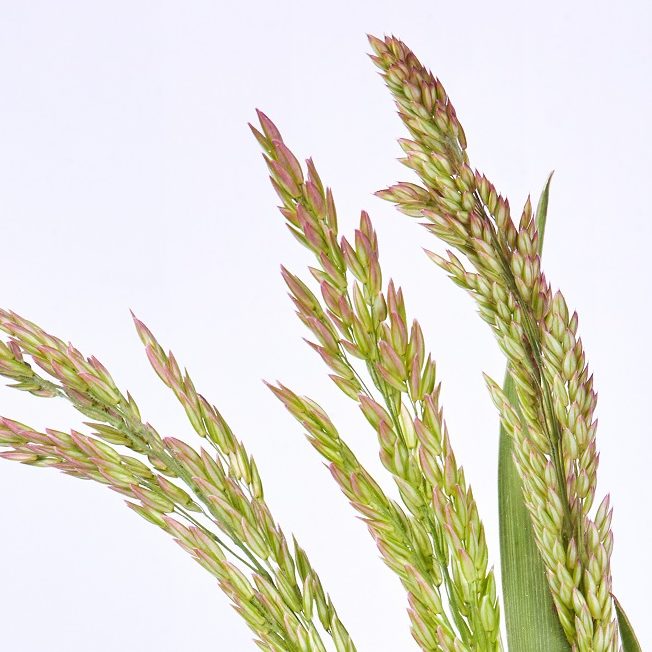
A low water requirement, low fertilisation and low mowing characteristics make this a garden favourite. All of these make it both friendly to the environment and easy to maintain. Moreover, the fine leaves of Red Fescue add a more ornamental appearance to lawns and it is tolerant of shady areas.
Red Fescue has creeping roots that grow out horizontally below the soil. These allow the grass to establish new plants, to remain green and to access water during drier periods.
Buy grass seed mixes…
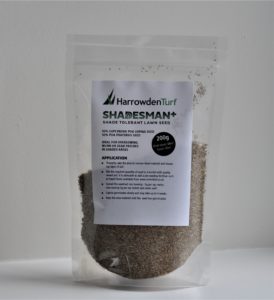 |
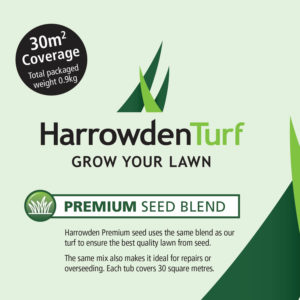 |
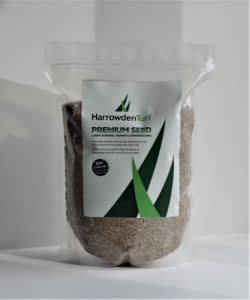 |
 |
 |
 |
Ryegrass
Ryegrass is tough so you will often find ryegrass on the roadside. Though less shade-tolerant than the varieties of meadow grass and fescues used in lawns, it is more durable. Not only that but it will quickly repair itself if damaged. Plus, it has a great disease and pest resistance, which means it is extremely well-suited for turf mixtures.
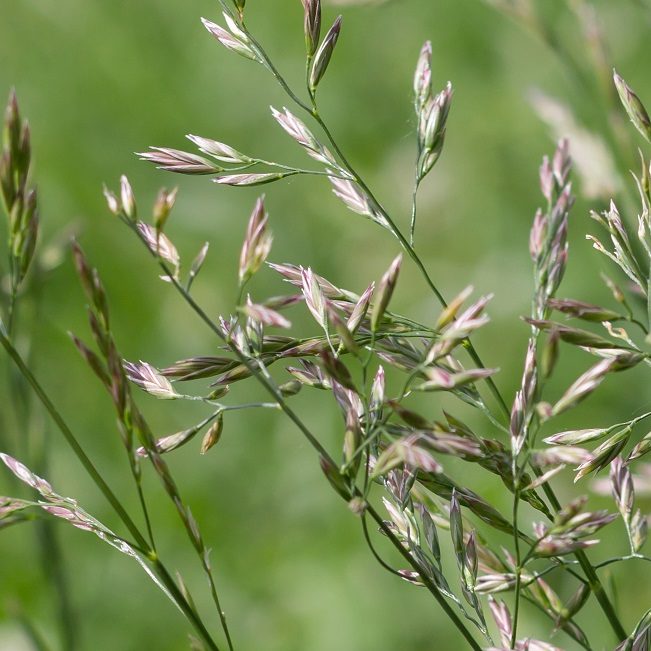
Much like meadow grass, Perennial Ryegrass can be identified by its narrow, blade-like leaves. Its quick germination and spread, support turf-growers by suppressing weeds. Ryegrass is also useful when repairing damaged lawns and bare patches. Not only this but it will grow well from just being thrown onto the soil without tilling or planting. Great for those gardeners who like low-maintenance grass species.
Using Mixed-Grass Species on a Lawn
Most turf growers will use a mixture of grass species to create their lawn turf. This has several advantages for gardeners:
- Maximise the benefits: disease resistance, wear resistance, great texture, thick sward, good looks, speedy establishment. Each variety has its strengths and weaknesses. So by mixing them up we can maximise the strong points and cancel out the weak ones.
- Choices: You can choose the mix that best suits your purpose. Do you need shade tolerance, wear resistance, or maybe a fine texture for a bowls green?
- Economy: By tweaking the seed species and varieties we can give you the best value for money on all of our products.
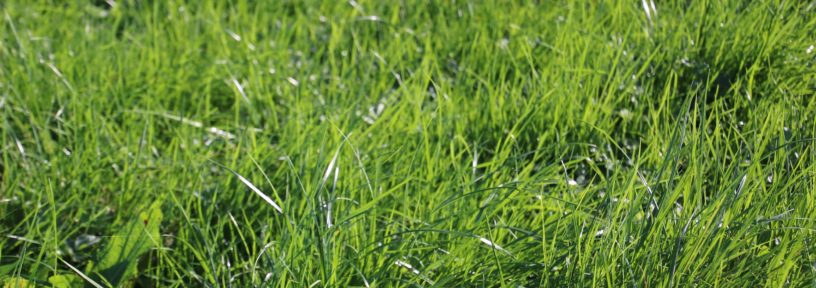
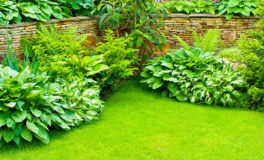 The Origins of Dwarf Perennial Rye Grass
The Origins of Dwarf Perennial Rye Grass 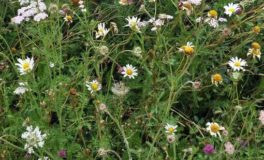 How does grass keep aircraft safe?
How does grass keep aircraft safe? 

